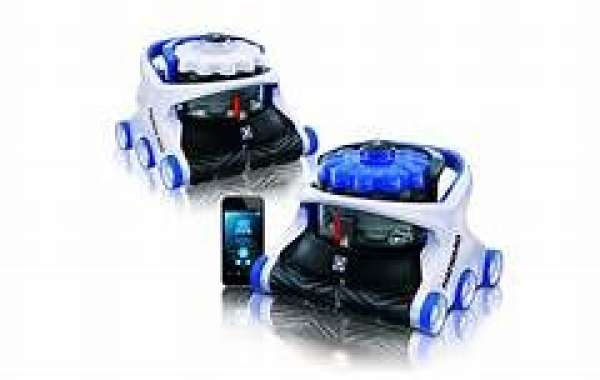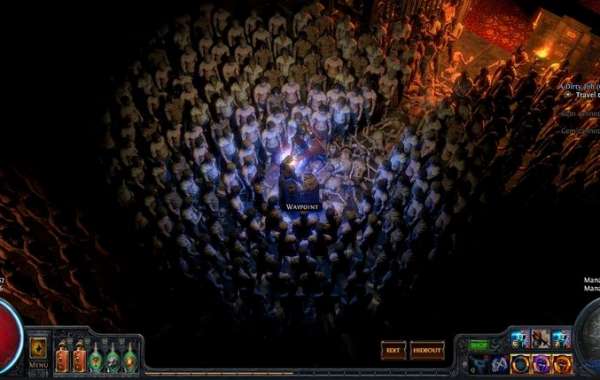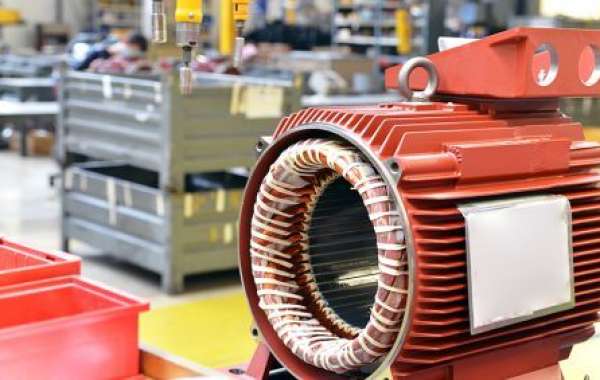Robotic cleaners are an excellent tool for keeping your pool clean, but they can have some issues that may prevent them from performing optimally. Fortunately, most problems can be easily diagnosed and resolved.
A common issue is the robotic cleaner turning over during the cleaning cycle. This is caused by a balance problem, and can be resolved by readjusting the weight distribution or changing the positioning of the handle. Another cause of the cleaner flipping over is a problem with the belts or tracks, which can be corrected by inspecting and replacing them if necessary. Another common problem is a loss of control, which can be caused by faulty sensors or controls. In such cases, it is best to consult the user manual for troubleshooting steps.
The filters and brushes on a robotic pool cleaner are essential for removing debris from the pools surfaces, and it is important to regularly clean and inspect them to ensure they are in good working condition. They can become clogged with debris, and this can significantly reduce the effectiveness of the machine. It is also important to clean and replace the filter canister regularly, as this can affect the efficiency of the device.
Some robotic pool cleaners come equipped with a large oversized bag that can hold significantly more debris than traditional cartridge filters, and this can be a huge advantage for those who live in areas where lots of leaves fall in the autumn. Others come with a detachable basket that can be used to collect smaller debris. In some cases, these extra features can be useful in reducing the time spent emptying the basket or bag.
The navigation system on a robotic pool cleaner is what determines how it navigates the entire surface of your pool, and this can sometimes have issues. Having a well-calibrated navigation system will help the robot avoid obstacles and follow your desired path. In some cases, however, the robot can get stuck on stairs, which can be a big frustration.
This can be solved by adjusting the thrust jets or adding weights to the hose float, or by using ladder guards to block the path of the robot around staircase handrails. Additionally, it may be helpful to remove the stair rails altogether if they are rarely used or install a ladder guard. It may also be a good idea to change the cleaner’s direction or pattern if it continually gets stuck up against stairs, as this could be a sign that the robot is not following its intended course.
The waterline, or tile line, is a critical area that must be cleaned by the robotic cleaner in order to ensure the entire pool is thoroughly cleaned. The robot must have special software, sensors and motors in order to adhere to the tileline. If the robotic cleaner is not able to do this, you will need to manually brush these areas to avoid algae growth and debris buildup.




